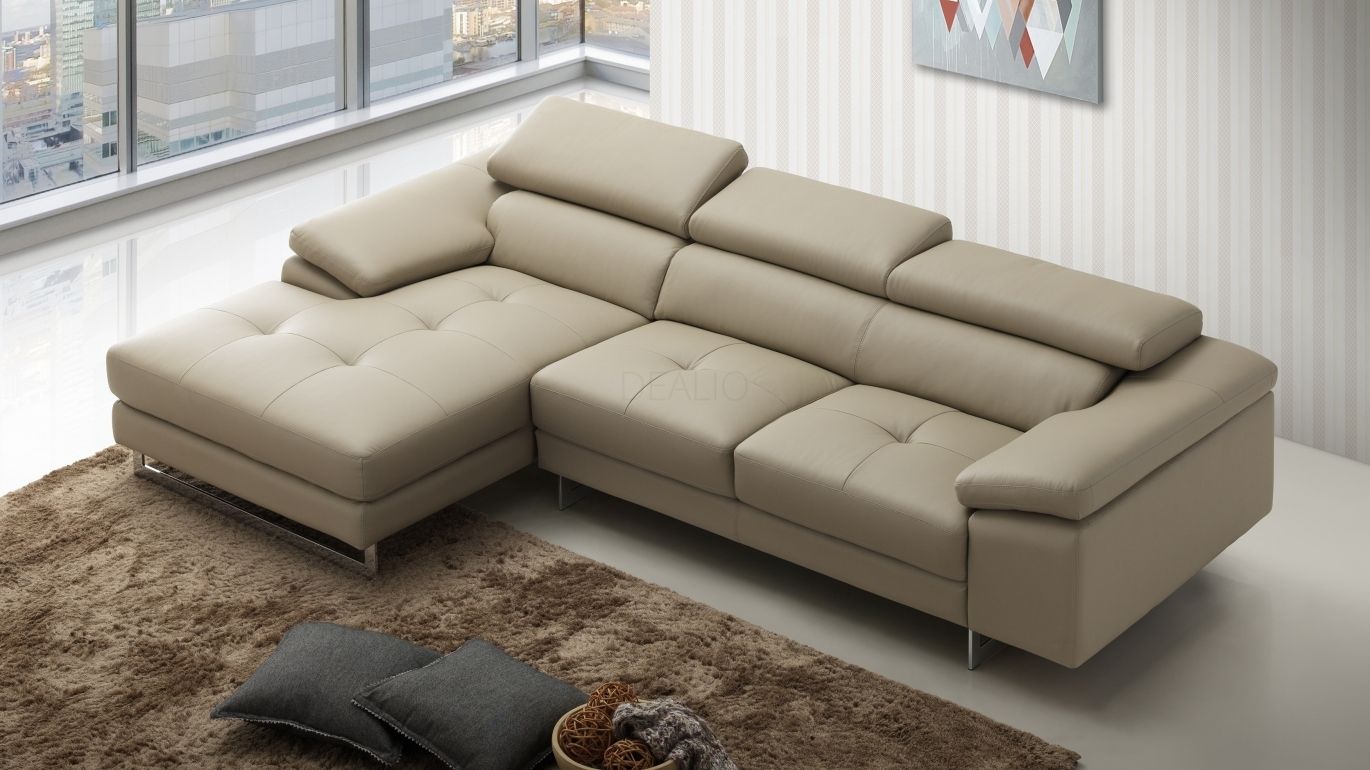Leather sofas can be a stunning showpiece in your home when cared for properly. But how long will your investment last before starting to show signs of wear? With the right maintenance techniques, a quality leather sofa can provide decades of comfort and style. Here’s what to know about maximizing the lifespan of a leather couch.

Factors That Impact Leather Sofa Longevity
Many elements influence how long your leather sofa will last before needing replacement. Consider these key factors:
- Leather type – Top grain leather lasts longer than lower quality corrected or bonded leather. Check the grade.
- Construction quality – Durable kiln-dried hardwood frames hold up better than softwoods or particle boards.
- Cushion fills – High resilience foam and down cushions maintain shape rather than flattening.
- Frequency of use – Heavily used sofas wear faster than lightly used formal sofas. Rotate cushions to evenly distribute wear.
- Environment – Direct sun, heat and humidity can crack and fade leather over time.
- Pets and kids – Claws and rough play accelerate wear and tear.
- Preventative care – Regular cleaning and conditioning preserves leather longest.
Quality Craftsmanship Counts
Well-made sofas built with care using top grade materials will last considerably longer than bargain or big box store sofas of lower quality construction. Seek out durability and longevity when sofa shopping.
Proper Care for Longest Leather Sofa Lifespan
With attentive care, a leather sofa can look fantastic and hold up for 15-30 years or longer. Follow these expert leather care tips:
- Vacuum weekly – Regular vacuuming removes abrasive grit that can scratch leather. Use a soft brush attachment.
- Wipe spills quickly – Blot liquid immediately with a clean absorbent cloth to prevent stains.
- Clean with leather cleaner – Use a gentle pH balanced non-toxic cleaner formulated for leather. Test in an inconspicuous spot first.
- Condition every 6-12 months – Nourish leather with a conditioner to prevent drying and cracking.
- Avoid harsh chemicals – Prevent fading and damage by steering clear of cleaners with bleach, ammonia or alcohol.
- Maintain shape – Plump cushions and massage indentations to help upholstery retain shape.
- Protect from sun – Block UV rays which can fade and deteriorate leather. Close curtains and blinds.
- Rotate cushions – Even out impressions by periodically changing cushion positions.
- Address flaws promptly – Fix scuffs, tears or separated seams right away to prevent enlargement of damage.

Extend Sofa Life by Repairing Leather
Instead of tossing a well-loved leather sofa because it’s looking worn, consider revitalizing it with DIY repair techniques. Here are options to erase flaws:
- Scratches – Buff very lightly with extra fine grit sandpaper. Condition to blend sheen.
- Scuffs – Use a leather moisturizer and soft cloth to gently rub out marks.
- Ink stains – Apply isopropyl alcohol with a q-tip. Test on small area first.
- Mold or mildew – Mix equal parts water and alcohol. Spray on and let dry completely.
- Tears or punctures – Apply a leather filler product then smooth. Fray edges may need glue.
- Loose seams – Hand stitch separated seams using upholstery thread and leather needle.
- Pet damage – Trim errant claw marks smoothly. Use filler product sparingly.
- Conditioner buildup – Use a leather deglazer to strip off excess layering of products.
Professional Refurbishing
For more significant leather repair needs, seek out a professional leather expert or upholsterer. Refurbishing can renew worn areas, re-dye faded spots, and replace irrevocably damaged sections.
Know When It’s Time to Replace Your Leather Sofa
While leather sofas can provide many years of use with care, there comes a point when repair is no longer worthwhile. Watch for these signs that a sofa has reached the end of its lifespan:
- Sagging, misshapen cushions that won’t spring back
- Splitting, cracked or peeling leather
- Pervasive stains that resist removal
- Mildew odor impossible to eliminate
- Major structural damage like broken frame, detached joints
- Infestation by mice or bugs
- More than one overall refurbishing
- Sentimental attachment only reason for keeping
Upgrade for Renewed Enjoyment
If your beloved leather sofa has clearly passed its prime, don’t despair. Take the opportunity to upgrade to a new luxury leather model that you can break in and care for from day one. Your new investment will provide fresh comfort and style for years ahead.
Caring For Your Leather Sofa Pays Off
Don’t take your leather sofa for granted. With attentive weekly and periodic care, you can keep it looking fantastic and maximize its usable life by decades. Put preventative maintenance measures in place right from the start. Address any damage promptly and refurbish as needed. Know when repair is no longer sensible. Your diligence will be rewarded with a showpiece leather sofa that ages gracefully.
